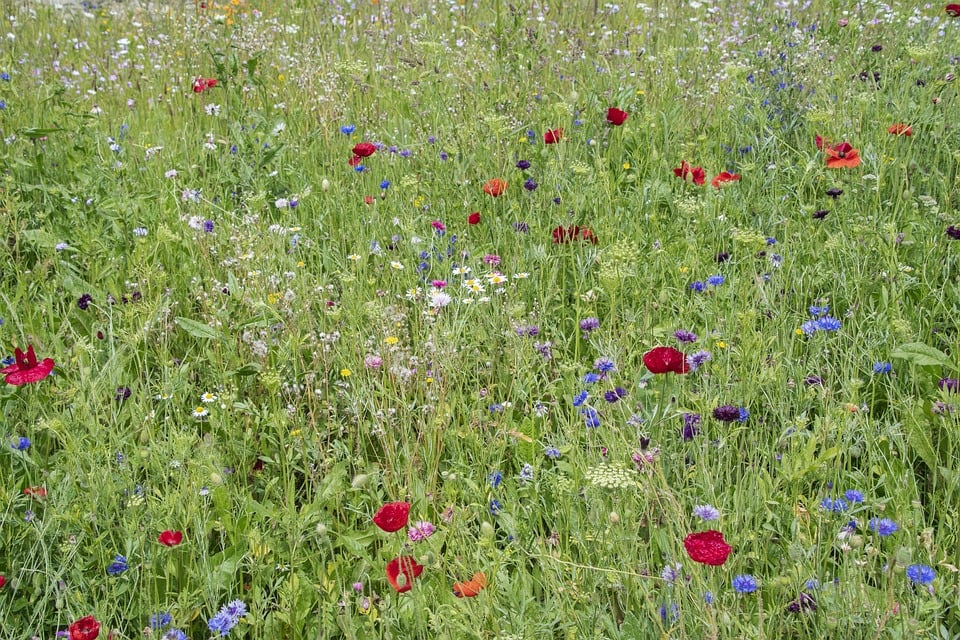In a world facing unprecedented environmental challenges, the preservation of biodiversity has never been more critical. With the rapid decline of species across the globe, the need to protect endangered animals and plants has become a pressing issue that requires immediate attention. In this article, we will delve into the reasons why preserving endangered species is crucial for the health of our planet and explore the various strategies that can be implemented to achieve this goal.
The Historical Context of Biodiversity Conservation
The conservation of biodiversity has a long and storied history, dating back to the early 20th century when concerns about the impact of human activities on the natural world began to emerge. The establishment of national parks and protected areas marked a significant milestone in the conservation movement, as governments recognized the importance of preserving natural habitats for future generations.
Despite these early efforts, the rate of species extinction has accelerated in recent decades, driven primarily by habitat destruction, climate change, and poaching. The loss of biodiversity not only threatens the survival of individual species but also undermines the stability of entire ecosystems, which provide essential services such as clean air, water, and food.
The Current State of Endangered Species
According to the International Union for Conservation of Nature (IUCN), more than 27,000 species are currently at risk of extinction, with some estimates suggesting that up to one million species could disappear in the coming decades. The situation is particularly dire in tropical regions, where biodiversity is most abundant but also most vulnerable to human activities.
The main drivers of species extinction include habitat loss, pollution, overexploitation, and climate change. In response to these threats, conservation organizations and governments around the world have implemented a variety of measures to protect endangered species, including habitat restoration, captive breeding programs, and international agreements such as the Convention on International Trade in Endangered Species (CITES).
Future Predictions for Biodiversity Conservation
Despite these efforts, the outlook for endangered species remains bleak, as the underlying causes of extinction continue to intensify. Climate change, in particular, poses a significant challenge to biodiversity conservation, as rising temperatures and shifting weather patterns disrupt ecosystems and make it harder for species to adapt.
To address these challenges, scientists and policymakers are calling for a renewed commitment to biodiversity conservation, with a focus on sustainable development and ecosystem-based approaches. By protecting natural habitats, promoting sustainable resource management, and addressing the root causes of species decline, we can create a more resilient and diverse planet for future generations.
Technical Specifications and Practical Applications
– Monitoring and tracking endangered species through the use of satellite technology and field surveys
– Establishing protected areas and wildlife corridors to connect fragmented habitats
– Implementing captive breeding programs to boost population numbers of endangered species
– Developing conservation plans that incorporate local communities and indigenous knowledge
– Adopting sustainable practices in agriculture, forestry, and fisheries to minimize the impact on biodiversity
– Enforcing anti-poaching laws and cracking down on illegal wildlife trade
Expert Insights and Case Studies
According to Dr. Jane Goodall, renowned primatologist and conservationist, “Every individual species on this planet has a role to play in the web of life. When we lose a species, we are not just losing a piece of the puzzle, but the entire puzzle itself.” This sentiment is echoed by many experts in the field, who stress the interconnectedness of all living organisms and the importance of preserving biodiversity for the health of the planet.
One notable case study is the conservation efforts to protect the black rhinoceros in Africa, which was on the brink of extinction due to poaching for its horns. Through a combination of community involvement, law enforcement, and habitat restoration, the population of black rhinos has increased in recent years, highlighting the effectiveness of targeted conservation measures in saving endangered species.
Conclusion
In conclusion, the preservation of biodiversity is a moral imperative that requires collective action from governments, conservation organizations, and individuals around the world. By protecting endangered species and their habitats, we can ensure a sustainable future for all life on earth and maintain the ecological balance that sustains us.
We urge readers to educate themselves about the importance of biodiversity conservation and to support organizations working to protect endangered species. Together, we can make a difference and safeguard the rich tapestry of life that makes our planet unique. Thank you for your engagement in this crucial issue, and we encourage you to explore further resources for a deeper understanding of biodiversity conservation.









